by Kristin Holt
USA Today Bestselling Author
of Sweet
Romance set in the American Old West
Everyday ads insisted products gave the user the elusive beauty required for happiness.
Fascination with Hair
Nineteenth century Americans were every bit as obsessed with beautiful, plentiful hair as they were with fashion. A tidy, comely appearance mattered in society, especially to the middle- and upper-classes. Hair qualities announced your character to everybody. Ladies cherished their "crown of glory."
Notice how this 1851 advertisement plays on this Victorian attitude:
Beauty
Vintage books of etiquette underscore
the necessity of looking one's best. But women faced a Victorian standard of
beauty-- one that had distinct ideas about what made a female marriageable, beautiful, and attractive. Men cared, too, about
presenting an appealing visage. They cared so much, the "hair" industry imported tons of literal hair.
Notice how this ad plays to that Victorian desire to retain one's beauty:
To Victorians, beauty meant well-coifed tresses, curls, professional ladies' hairdressers, barber shops, false hair pieces (including saving fallen hair to make a "rat"), and avoiding the curses of suntan and freckles.
Advertisements
A casual perusal through vintage newspapers emphasizes the importance of beauty to our Victorian-era predecessors. Adverts presented a full head of hair as beauty personified. Promises of youth regained, with all the possibilities of love and happiness.
As more and more lotions, potions, dimple-making contraptions cropped up, marketing became king. Newspapers, periodicals, and magazines emphasized ways and means to ensure and retain beauty, especially if one must buy it.
Electric Hairbrushes
Static Electricity?
Dr. Scott's Electric hairbrush became all the rage in Great Britain after the Queen procured one for herself and one for Prince Albert. (I seldom include newspaper ads published outside the United States' 19th century; note the flags on the following two images.)
As always, Victoria's influence upon Americans would prevail: enter an American look-alike, a hairbrush that produces an electro-magetic charge. Would that be simple static electricity?
Commercial Products: Early 19th Century
I was surprised to discover the adverts for hair-loss prevention tonics as early as 1821. Such advertisements grew in popularity throughout the century, continuing well into the 20th.
By 1826 a list of nearly twenty agents throughout Philadelphia were listed in advertisements, with “agents to be appointed throughout the United States.” [The National Gazette of Philadelphia on July 12, 1826] The brand spread into New York, where The Evening Post (New York City) ran advertisements that summer. In 1827, Oldridge’s Balm of Columbia advertised heavily in Kentucky Reporter of Lexington. By 1828, Balm of Columbia was popularized in The Charleston Daily Courier (Charleston, North Carolina, June 23). Growth spread, showing up in Sentinel and Democrat of Burlington, Vermont in November (29th) of 1833.
Obscene Popularity
Hall’s Vegetable Sicilian Hair Renewer
 |
| Image from WorthPoint. |
Image from WorthPoint.
While some labels remained within a matter of miles of origin, others became nationwide sensations. One most-popular hair-grower
advertised for more than twenty years. Highly branded ads appeared in newspapers from New
York to San Francisco, Indiana to Florida, Montana to Texas. That brand: Hall’s
Vegetable Sicilian Hair Renewer.
 |
| Vintage Ad for Hall's Vegetable Sicilian Hair Renewer. Image: Digital Commonwealth |
 |
| Image: Courtesy of Boston Public Library; No copyright restrictions |
 |
| Vintage Ad Art available for sale on Amazon |
A Popular Brand -- Still for sale
Would you believe it if I told you that a Victorian-era hair restorative is still available for sale? I'm not talking vintage bottles, but the modern, updated, stuff.
 |
| Barry's Tricopherous Vintage Ad: Courtesy of Pinterest |
 | |
| Barry's Tricopherous Advertisement, 1849. Note the many letters of endorsement. |
Barry's Tricopherous (and another) is available on Amazon presently:
Splash In The Pan Brands
While Hall’s Vegetable Sicilian Hair Renewer enjoyed nationwide sales through several decades, other brands appear to have been only sold “locally” and for much briefer periods of time.
Here are a few:
Some of the above "lesser-known" brands were available in the American West. Note the one in St. Louis and another in Kansas. These were not alone. Note the following, available in the West:
Ayer's Hair Vigor was far from a flash in the pan. Note this 1876 ad (above) in Missouri. Twelve years later, the same product is still advertised in Kansas:
Common Promises Among Labels
Cures Baldness!
Cures Dandruff!
Contains No Poisons
The Genuine Article - Infinitely better than inferior products
Restores youthful color
Prevents hair from falling out
Grows new hair (only where nature intended)
Provides gloss and shine
Strengthens hair, allowing it to grow to astounding lengths
Thickens hair
Cures any disease of the scalp
Kills any microscopic germs inhibiting the growth of hair
and, if one believes the artwork: restoration of YOUTH:
Quinine? Cocaine? Magnetic Fluid?
Oh, the creativity Victorian salesmen employed to sell hair products.
Cocaine, in a hair preparation? Cocaine-- "to strengthen the hair and render it dark and glossy." Oh, and cures baldness and eradicates dandruff. We already have cocaine at the dentist, cocaine in Coca-Cola, cocaine in patent medicines, and now cocaine in a hair specific.
 |
| Magnetic fluid? |
Maybe you don't have to buy a potion...
Make your own
That's the question.
Today's doctors and scientists have remarked upon Victorian-era potions for hair restoration, growth, renewal, and more. Quite frankly, these expensive bottles didn't work. I highly doubt the electro-magnetic hairbrushes did anything more than any old boar-bristle brush.
Why did so many people flock to buy alcohol, water, and coloring in bottles?
Invitation
What do you think?
Do you see parallels in today's hair-care product market?
Please scroll down and comment.
Related Articles
From Kristin Holt
Copyright 2020 Kristin Holt LC


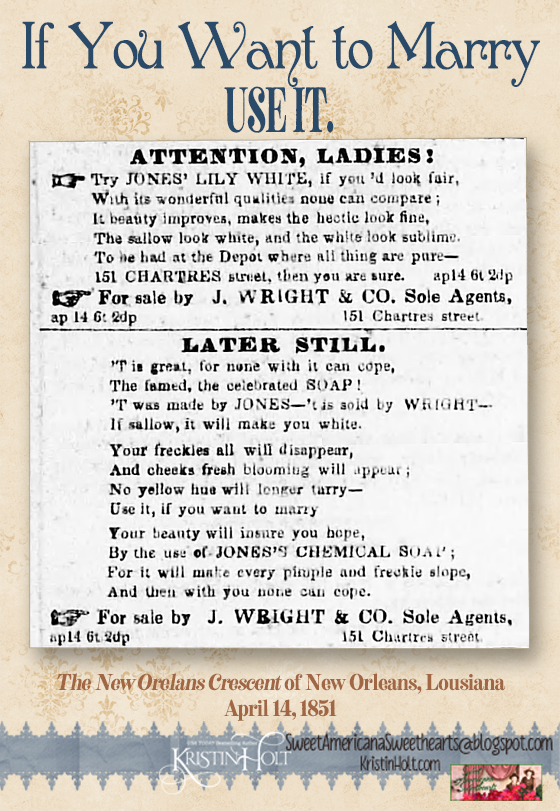





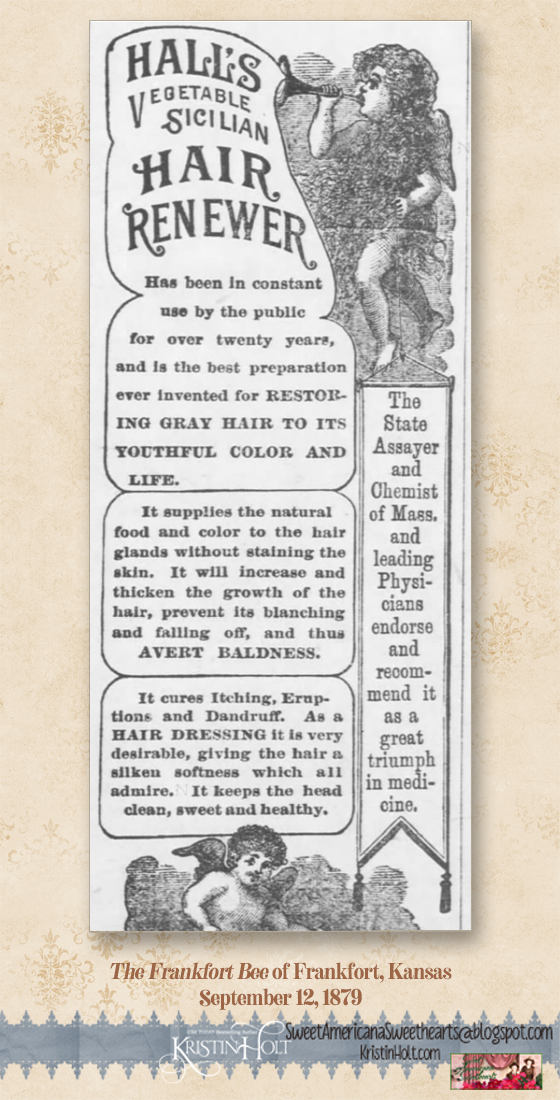





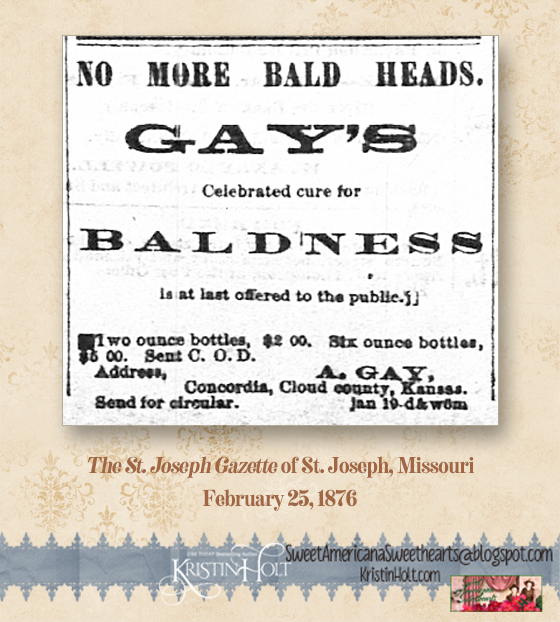




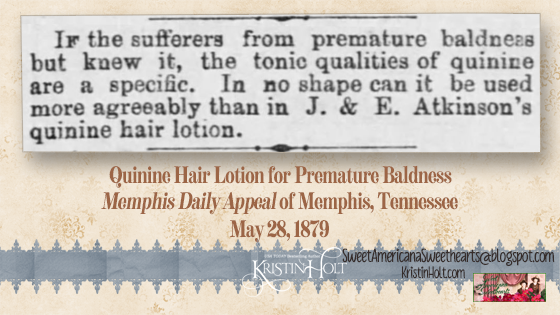












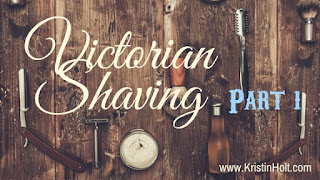

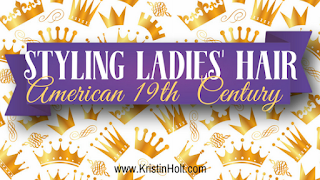


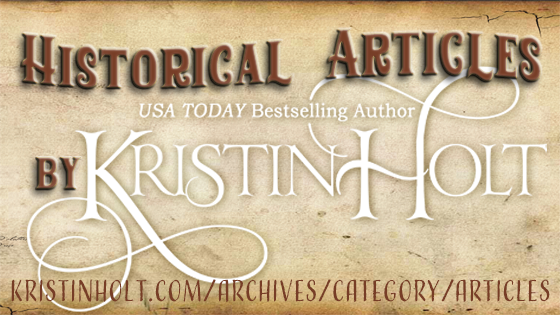
No comments:
Post a Comment